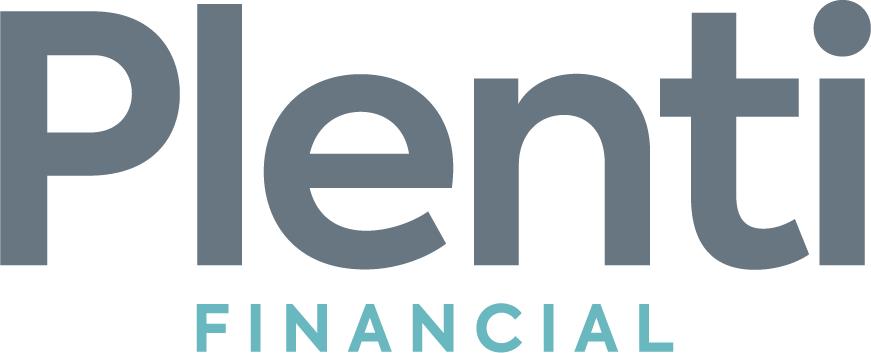A 1031 Exchange can increase real estate profits by enabling investors to roll all of their equity into a new property without paying a cent in capital gains tax. Here, we will explore:
- How a 1031 saves you in taxes on a relinquished property.
- How a 1031 increases the profitability of your real estate portfolio.
- How to factor in long-term opportunity gain when calculating the value of a 1031 Exchange.
Tax Savings on the Relinquished Property
When sell exchange your qualifying identified property in a 1031 Exchange, you pay zero capital gains taxes on the funds, which can sometimes be over 35% of your profits from the property sale. Instead of losing that 35% to taxes, the 1031 Exchange enables you to roll that 35% into exchange funds for the purchase of another property. The 1031 Exchange is instantly worth tens of thousands of dollars for most property owners in tax savings alone.
Increased Profits on the Acquired Property
The second way that an exchange improves real estate profits is through the increased profitability of the acquired property, which was made possible due to the larger funding base enabled by the 1031 Exchange tax savings.
For example, if you exchange from a 4-unit property in which residents pay $1500/month into a 6-unit property in which residents pay $1500/month, whether your extra revenue is used to pay the principal on the mortgage, operating expenses, or classified as profit, the extra funds directly calculate into the overall value of your portfolio, adding to the 5-year value of the exchange an additional $180k ($1500 x 2 extra payments x 12 months x 5 years = $180k extra).
Future Income from Successive Exchanges
With additional rental income reducing the principal on the mortgage more quickly, the property owner of the acquired property is then enabled to relinquish this acquired property as part of a new 1031 Exchange later so that, for example, the owner of the 6-unit property making $1500/month per unit in rental income can exchange into a 10-unit property charging $1500/month.
If this second exchange occurred 2 years after the initial exchange, then the cumulative 5-year value of the exchanges would be ([2 years of 6-unit]: $72k + [3 years of 6 additional units] 324k = $396k). This doesn’t even include the appreciating value or increased equity of the second exchange property. You can perform these calculations for yourself with Plenti’s Exchange Value Calculator.
Conclusion
Use these financial benefits as variables when calculating the value of an exchange to your real estate portfolio. If you are a real estate investor with qualifying properties, you are primed to improve the condition of your holdings and their returns with the aid of a 1031 Exchange.


